Audi A7 vs Volvo XC60 – Performance, range & efficiency compared
Everyday use, family trips or long-distance drives – here’s where the differences show.
Discover whether Audi A7 or Volvo XC60 fits your lifestyle better.
Here’s where it gets real: The technical differences in detail
Costs and Efficiency: Looking at overall running costs, both models reveal some interesting differences in everyday economy.
Volvo XC60 has a somewhat advantage in terms of price – it starts at 49200 £, while the Audi A7 costs 55000 £. That’s a price difference of around 5837 £.
Fuel consumption also shows a difference: the Audi A7 manages with 1.20 L and is therefore decisively more efficient than the Volvo XC60 with 2.80 L. The difference is about 1.60 L per 100 km.
As for range, the Volvo XC60 performs somewhat better – achieving up to 82 km, about 14 km more than the Audi A7.
Engine and Performance: Power, torque and acceleration are the classic benchmarks for car enthusiasts – and here, some clear differences start to show.
When it comes to engine power, the Audi A7 has a noticeable edge – offering 630 HP compared to 455 HP. That’s roughly 175 HP more horsepower.
In acceleration from 0 to 100 km/h, the Audi A7 is significantly quicker – completing the sprint in 3.40 s, while the Volvo XC60 takes 4.90 s. That’s about 1.50 s faster.
In terms of top speed, the Audi A7 performs distinct better – reaching 280 km/h, while the Volvo XC60 tops out at 180 km/h. The difference is around 100 km/h.
There’s also a difference in torque: the Audi A7 pulls to a small extent stronger with 850 Nm compared to 709 Nm. That’s about 141 Nm difference.
Space and Everyday Use: Cabin size, boot volume and payload all play a role in everyday practicality. Here, comfort and flexibility make the difference.
Seats: Volvo XC60 offers slightly more seating capacity – 5 vs 4.
In curb weight, the Audi A7 is hardly perceptible lighter – 1770 kg compared to 1900 kg. The difference is around 130 kg.
In terms of boot space, the Audi A7 offers barely noticeable more room – 535 L compared to 483 L. That’s a difference of about 52 L.
In maximum load capacity, the Volvo XC60 performs hardly perceptible better – up to 1543 L, which is about 153 L more than the Audi A7.
When it comes to payload, Audi A7 barely noticeable takes the win – 600 kg compared to 550 kg. That’s a difference of about 50 kg.
All in all, the Audi A7 shows itself to be leaves the rival little chance and secures the title of DriveDuel Champion.
It impresses with the more balanced overall package and proves to be the more versatile companion for everyday use.
Audi A7
The Audi A7 effortlessly blends elegance with dynamic performance, making it a standout in the luxury coupe segment. Its sleek silhouette and innovative technology create a driving experience that is both exhilarating and sophisticated. With a focus on comfort and advanced features, the A7 caters to those who seek both style and substance in their automotive choice.
details @ audi-mediacenter.com
@ audi-mediacenter.com
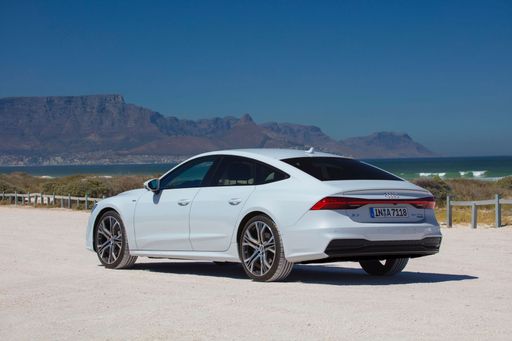 @ audi-mediacenter.com
@ audi-mediacenter.com
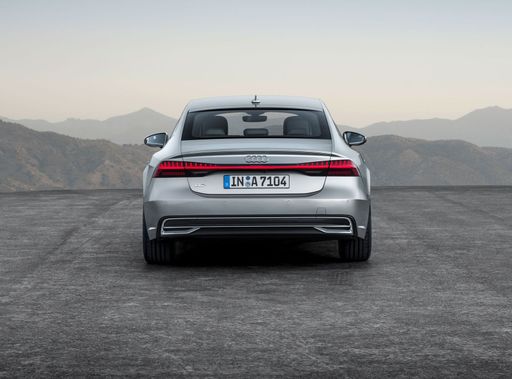 @ audi-mediacenter.com
@ audi-mediacenter.com
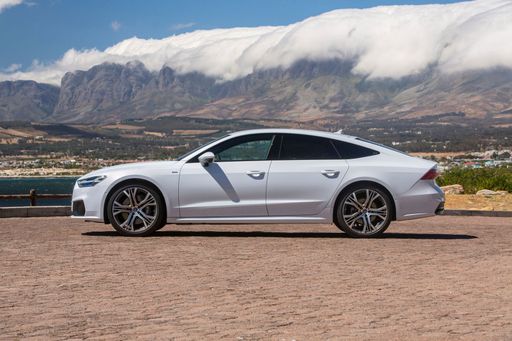 @ audi-mediacenter.com
@ audi-mediacenter.com
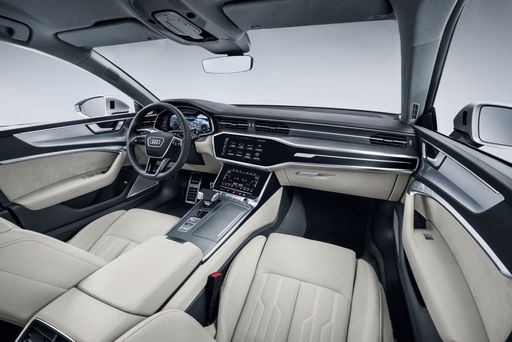 @ audi-mediacenter.com
@ audi-mediacenter.com
Volvo XC60
The Volvo XC60 strikes a perfect balance between contemporary design and practical functionality, making it an appealing choice for those in search of a reliable and stylish SUV. Its interior showcases a blend of high-quality materials and innovative technology, ensuring a comfortable and seamless driving experience. With its emphasis on safety and environmental sustainability, the XC60 continues to stand out in the competitive SUV market.
details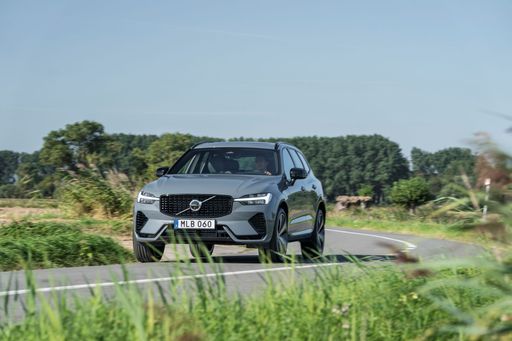 @ media.volvocars.com
@ media.volvocars.com
 @ media.volvocars.com
@ media.volvocars.com
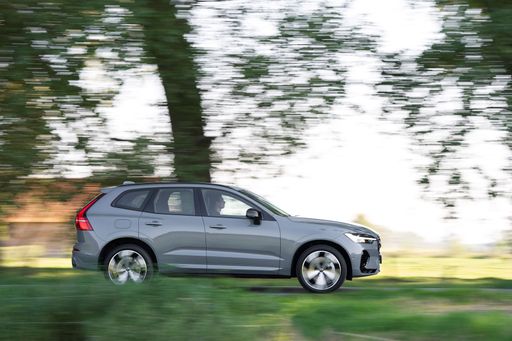 @ media.volvocars.com
@ media.volvocars.com
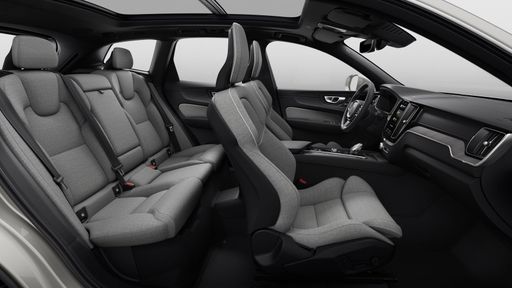 @ media.volvocars.com
@ media.volvocars.com
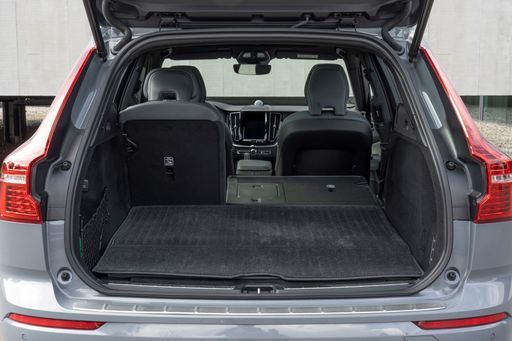 @ media.volvocars.com
@ media.volvocars.com

|

|
|
|
|
Costs and Consumption |
|
|---|---|
|
Price
55000 - 117900 £
|
Price
49200 - 75100 £
|
|
Consumption L/100km
1.2 - 12.2 L
|
Consumption L/100km
2.8 - 7.5 L
|
|
Consumption kWh/100km
-
|
Consumption kWh/100km
-
|
|
Electric Range
67 - 68 km
|
Electric Range
74 - 82 km
|
|
Battery Capacity
14.40 kWh
|
Battery Capacity
14.70 kWh
|
|
co2
28 - 276 g/km
|
co2
64 - 169 g/km
|
|
Fuel tank capacity
52 - 73 L
|
Fuel tank capacity
71 L
|
Dimensions and Body |
|
|---|---|
|
Body Type
Hatchback
|
Body Type
SUV
|
|
Seats
4
|
Seats
5
|
|
Doors
5
|
Doors
5
|
|
Curb weight
1770 - 2150 kg
|
Curb weight
1900 - 2150 kg
|
|
Trunk capacity
380 - 535 L
|
Trunk capacity
468 - 483 L
|
|
Length
4969 - 5009 mm
|
Length
4708 mm
|
|
Width
1908 - 1950 mm
|
Width
1902 mm
|
|
Height
1422 - 1424 mm
|
Height
1651 - 1655 mm
|
|
Max trunk capacity
1235 - 1390 L
|
Max trunk capacity
1528 - 1543 L
|
|
Payload
510 - 600 kg
|
Payload
510 - 550 kg
|
Engine and Performance |
|
|---|---|
|
Engine Type
Diesel MHEV, Petrol MHEV, Plugin Hybrid
|
Engine Type
Petrol MHEV, Plugin Hybrid
|
|
Transmission
Automatic
|
Transmission
Automatic
|
|
Transmission Detail
Dual-Clutch Automatic, Automatic Gearbox
|
Transmission Detail
Automatic Gearbox
|
|
Drive Type
All-Wheel Drive, Front-Wheel Drive
|
Drive Type
All-Wheel Drive
|
|
Power HP
204 - 630 HP
|
Power HP
250 - 455 HP
|
|
Acceleration 0-100km/h
3.4 - 8.1 s
|
Acceleration 0-100km/h
4.9 - 6.9 s
|
|
Max Speed
245 - 280 km/h
|
Max Speed
180 km/h
|
|
Torque
370 - 850 Nm
|
Torque
350 - 709 Nm
|
|
Number of Cylinders
4 - 8
|
Number of Cylinders
4
|
|
Power kW
150 - 463 kW
|
Power kW
184 - 335 kW
|
|
Engine capacity
1968 - 3996 cm3
|
Engine capacity
1969 cm3
|
General |
|
|---|---|
|
Model Year
2023 - 2024
|
Model Year
2025
|
|
CO2 Efficiency Class
E, F, B, G
|
CO2 Efficiency Class
F, B
|
|
Brand
Audi
|
Brand
Volvo
|
What drivetrain options does the Audi A7 have?
Available configurations include All-Wheel Drive or Front-Wheel Drive.
The prices and data displayed are estimates based on German list prices and may vary by country. This information is not legally binding.
